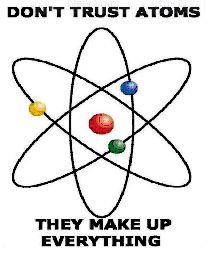I recently found (among stuff I was shredding and trashing, a print out titled 'The Coffee Can Portfolio'. Using DuckDuckGo I also found a pdf file which I suspect is where it originally came from. And I think this link is it. :
csinvesting.org/wp-content/uploads/2016/12/the-coffee-can-portfolio.pdf
From within the pdf (page three, left side) :
>>>
The potential impact of this process was
brought home to me dramatically as the result of an
experience with one woman client. Her husband, a
lawyer, handled her financial affairs and was our primary
contact. I had worked with the client for about
ten years, when her husband suddenly died. She inherited
his estate and called us to say that she would
be adding his securities to the portfolio under our
management. When we received the list of assets, I
was amused to find that he had secretly been piggybacking
our recommendations for his wifeâs portfolio.
Then, when I looked at the total value of the estate,
1 was also shocked. The husband had applied a small
twist of his own to our advice: He paid no attention
whatsoever to the sale recommendations. He simply
put about $5,000 in every purchase recommendation.
Then he would toss the certificate in his safe-deposit
box and forget it.
Needless to say, he had an odd-looking portfolio.
He owned a number of small holdings with
values of less than $2,000. He had several large holdings
with values in excess of $100,000. There was one
jumbo holding worth over $800,000 that exceeded the
total value of his wifeâs portfolio and came from a
small commitment in a company called Haloid; this
later turned out to be a zillion shares of Xerox.
>>>
The concept seems to be to buy companies as certain as possible to grow and still be around twenty or more years into the future. And just keep them and keep them and keep them . . . Sort of like the ultimate 'Buy and Hold' strategy.
I have had some my Dominion Resources (D) since 1997 . . . and still happy with it. (In spite of the dividend cut they gave me last year.)
I have had some of my McCormick stock since 2007. At around $38 a share. In 2019 it was going for around $170 a share - when it did a 2 for 1 split.
I started buying Kimberly Clark (KMB) in 2010 . . at about $62 a share. Currently going for $130 or so a share.
And if the companies I own also raise the dividends . . . as many of them do . . .
Zim.

Mad Poet Strikes Again.
